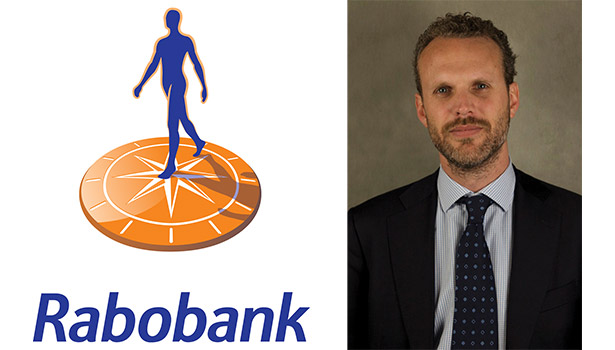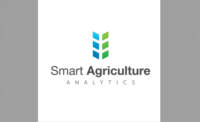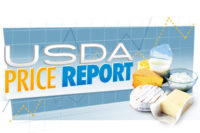China, Russia are behind a bear market in dairy prices

The dairy industry is entering a “protracted” bear market, according to Rabobank’s Food & Agribusiness Research and Advisory group. In its 2014 third-quarter report, the group says the price of internationally traded dairy commodities has already fallen 30%-45% below February levels as a strong wave of milk from export regions collided with weaker Chinese buying and a Russian ban on import from key suppliers. With other importers unable to take up the slack, the market loosened considerably.
While Rabobank stated that it believes a bottom has been reached in the international market, market rebalancing will be a slow process.
“All signs suggest that a prolonged period of low prices will be required in order to clear the international market,” said Rabobank analyst Tim Hunt (pictured) in an analysis released in October.
Supply growth will lose some of its recent momentum over the next 12 months as milk processing begins to soften. However, delays in international price signals reaching the farm-gate, falling feed costs and the imminent removal of EU quotas will ensure that the brakes are applied too slowly to avoid a further increase in export surpluses over the same period.
With Chinese purchases from the world market likely to fall well short of prior year levels for at least another six months, and Russian imports likely to be slashed, the market will remain loose for many months to come.
Wholesale prices in the U.S. and EU markets have been hit less hard so far for a variety of reasons. None of these will be sufficient to avoid substantial price falls in these markets by early 2015, as prices are brought into closer alignment with those available on export markets (the key outlet for increased supply in both these regions).
Rabobank believes that upward price momentum will likely return to international and regional markets in Q3 2015, as the deceleration of milk surplus growth coincides with the return to import growth in China and the assumed reopening of the Russian market.
Submitted by Rabobank, New York.
Looking for a reprint of this article?
From high-res PDFs to custom plaques, order your copy today!






